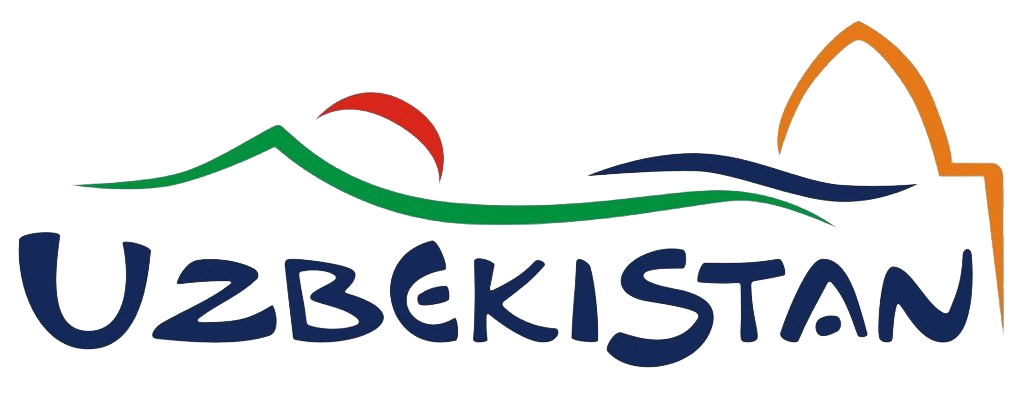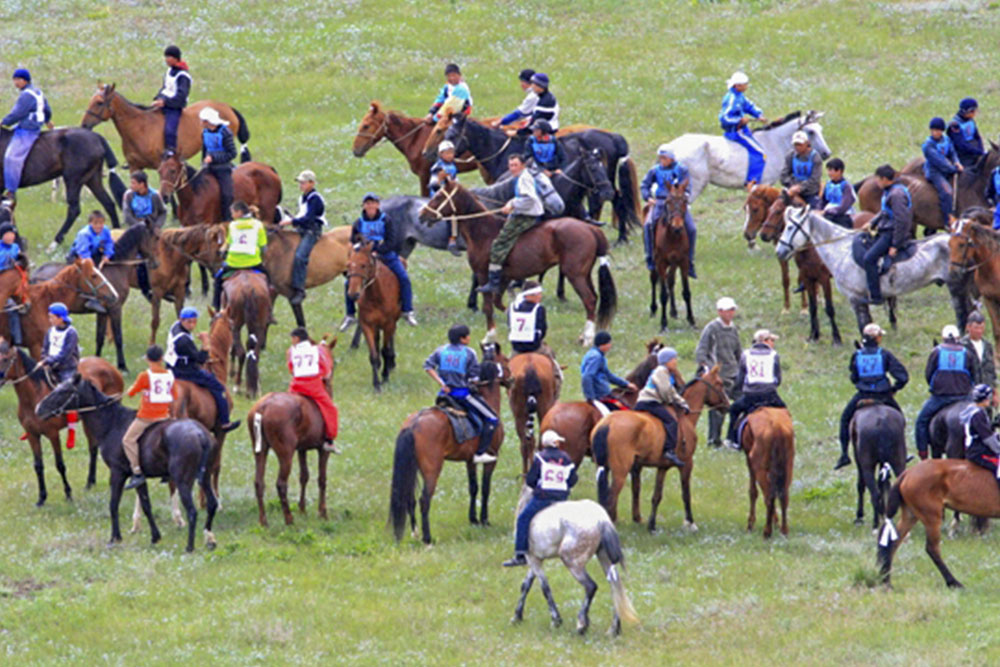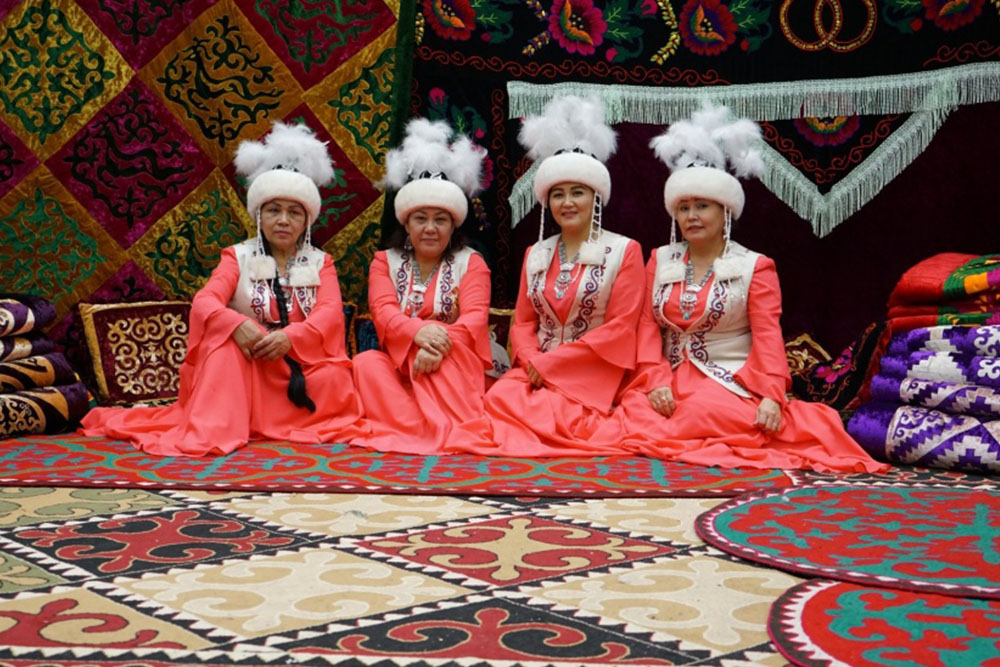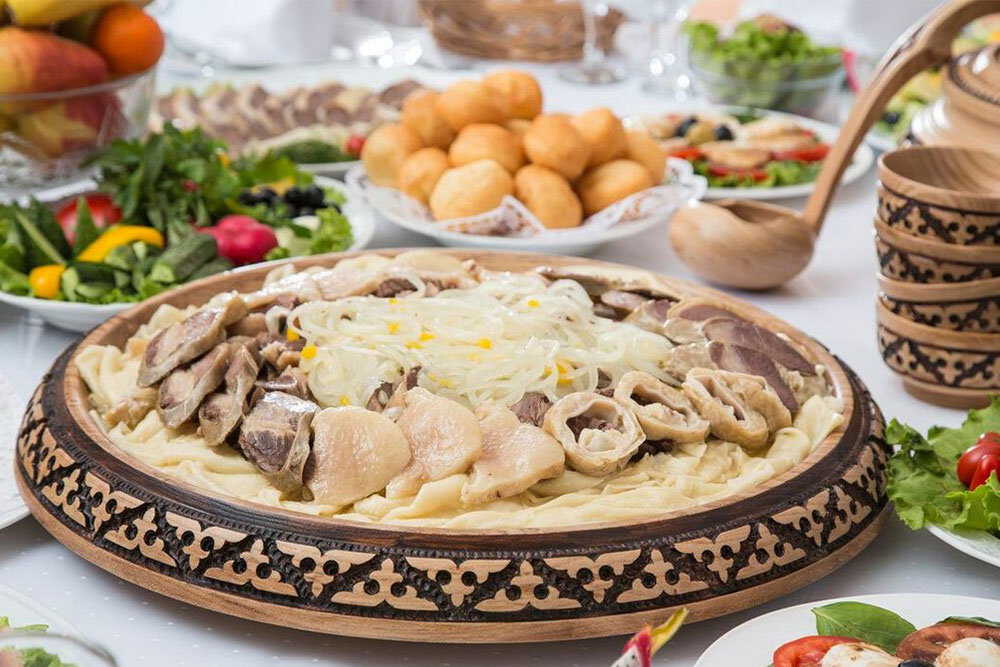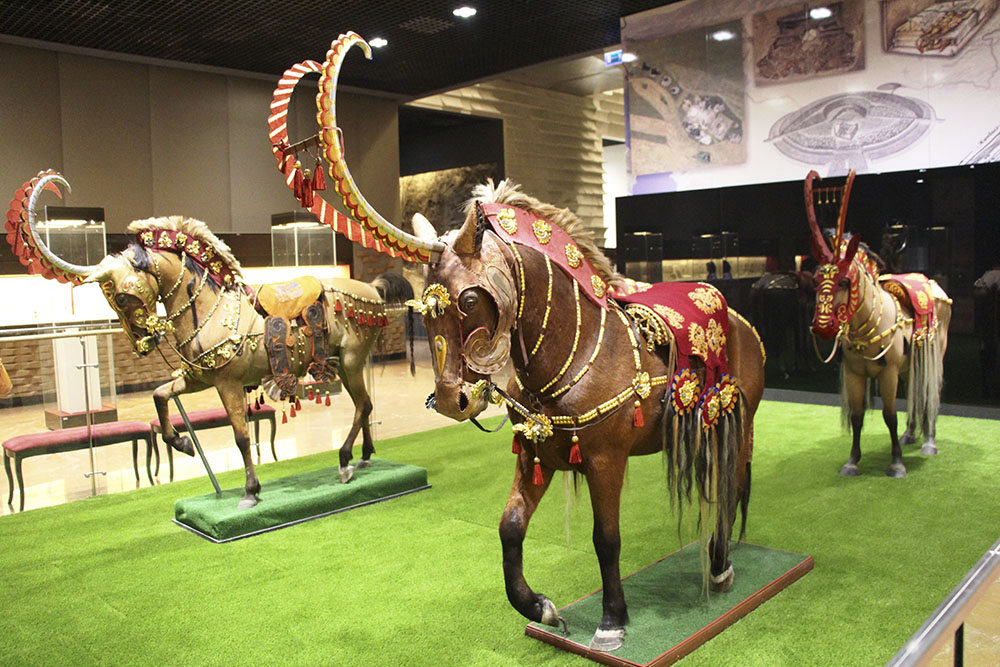Astana Karahodja Tombs are an ancient burial of people of Gaochang. Mummies, textiles and books, which are placed in underground vaults of almost two thousand years ago, perfectly preserved to this day.
Necropolis is located in the Gobi Desert to the north of the settlement Gaochang in about 8 square km. Graves date back to the period from the III to the VIII century. Here there are graves of people from both the nobility and the commoners. As excavations shown, each burial vault is a cave, where the underground corridor is going from the surface. In many graves the walls of the crypts are decorated with frescoes, which paints are well preserved. According to the ancient custom, the gravestone, clay human figures made of paper coffins, clothing and shoes were walled. The paper from which funeral objects are glued together, in some cases proved to office documents, which were held in administrative offices, accounting records, archival records, letters, and etc. Today all of this has become the most valuable material for research. Most of the discovered documents are written by brush and ink in the Han. In science, these monuments are known as "Turfan letters." The history of these tombs is full of secrets – the archaeologists have found that many people, who were buried here, were ethnic Chinese and Uighurs. Interestingly, that buried corpses didn’t decay because of the dry climate, and they turned into a kind of dried-up mummy, and it is even possible to distinguish the remaining hairs eyelashes. So far, 400 graves have been already dug, from which more than 10 thousand burial items and utensils were extracted. It is truly the underground museum! Today several of the most well-preserved burial crypts open for review.

 Centralasia Adventures
+998781506280
Centralasia Adventures
+998781506280
28, Mukanna str.
Uzbekistan
Tashkent region
100070
